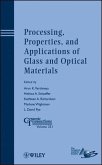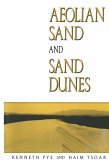
Broschiertes Buch
Softcover reprint of the original 1st ed. 1990
12. Februar 2012
Springer / Springer Netherlands
978-94-011-5988-3
Ähnliche Artikel

Broschiertes Buch
2009
24. September 2014
Springer / Springer Berlin Heidelberg / Springer, Berlin
978-3-642-42622-3

Broschiertes Buch
1995
9. November 2011
Springer / Springer Netherlands
978-94-010-6519-1

Broschiertes Buch
Softcover reprint of the original 1st ed. 2015
12. Oktober 2016
Springer / Springer Netherlands
978-94-024-0001-4
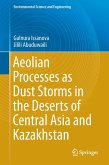
Gebundenes Buch
1st edition 2017
17. Januar 2017
Springer / Springer Nature Singapore / Springer, Berlin
978-981-10-3189-2

Gebundenes Buch
2015
20. März 2015
Springer / Springer Netherlands / Springer, Wien
978-94-017-9620-0

Broschiertes Buch
Softcover reprint of the original 1st ed. 2012
23. August 2016
Springer / Springer Berlin Heidelberg / Springer, Berlin
978-3-662-52104-5
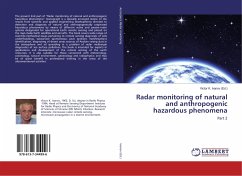
17,99 €
Versandfertig in 6-10 Tagen
Broschiertes Buch
Part 2
2. Februar 2018
LAP Lambert Academic Publishing
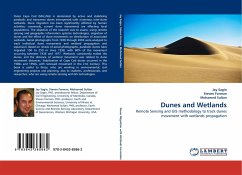
Broschiertes Buch
Remote Sensing and GIS methodology to track dunes movement with wetlands propagation
12. Januar 2011
LAP Lambert Academic Publishing
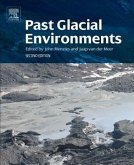
Broschiertes Buch
2. Aufl.
28. November 2017
Elsevier / Elsevier Science & Technology
C2014-0-04002-6

Gebundenes Buch
2012
22. Februar 2012
Springer / Springer Berlin Heidelberg / Springer, Berlin
80074086,978-3-642-25613-4
Ähnlichkeitssuche: Fact®Finder von OMIKRON

